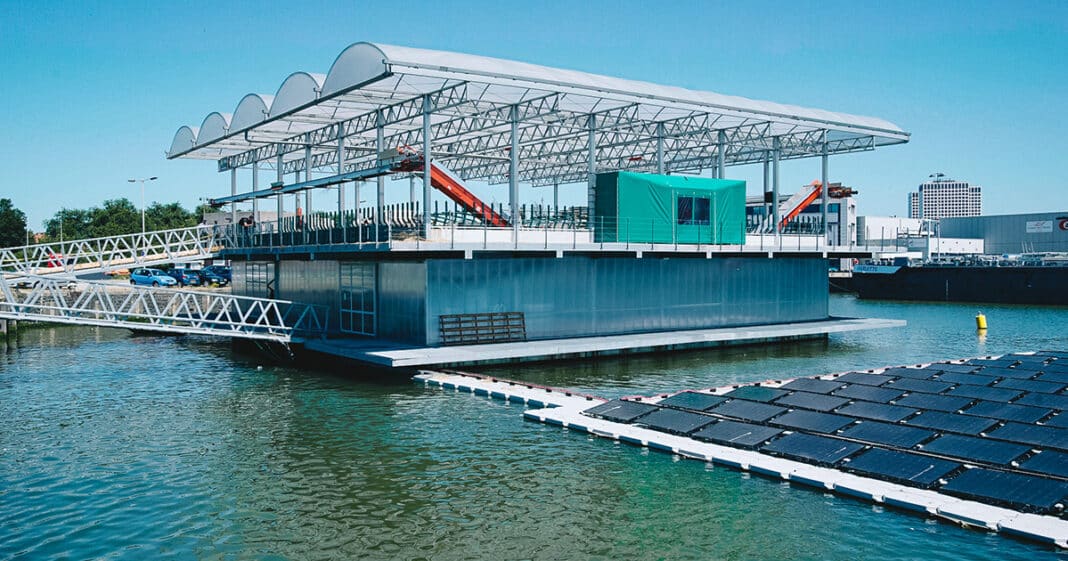Blue Carbon is sequestered from coastal ecosystems like salt marshes, mangroves, or even seaweed.
Seaweed levels are in decline as they are unable to flourish in warmer water.
Seaweed is an integral part of our ecosystem, so declining levels are a concern. It serves as a habitat for marine creatures — including fish — and a significant food source for us.
The good news is that floating offshore farms can increase seaweed production — an environmental and economic win.
Floating farms work by upwelling cooler waters to stimulate growth on offshore platforms – a method that has proven successful. An experimental floating farm located off the coast of the Philippines is one of the largest in the world and has had exceptional results.
Currently, solar-powered turbines are used to suck water up from a depth of several hundred meters through flexible piping. The plan is to experiment with wind-powered and wave-powered turbines, too.
If this method works (all indications show that it does), it could boost seaweed production and the ecosystems that rely on seaweed. Parts of these ecosystems, which would capture carbon, could then be “sunk” into the ocean as a means of carbon storage.
Cooling the ocean surface by encouraging upwelling may even impact atmospheric temperature. And, while we aren’t quite there yet, if this is, in fact, effective, we very well could be. However, it would have to be conducted significantly (we’re talking across millions of hectares/acres).
Environmental projects that demonstrate such promise may even be considered for high-quality offset projects used in the carbon credit industry.
The global carbon market is expected to reach $22 trillion by 2050. It has expanded exponentially this year as governments and companies alike scramble to meet Paris Agreement goals.
It is important to note that increasing seaweed production doesn’t just positively impact the environment but also the commercial seaweed industry, which brings in between $6 billion and $40 billion per year.
Innovation through floating farms, carbon offsets, and other technological advances are precisely what the world needs to achieve environmental objectives.


